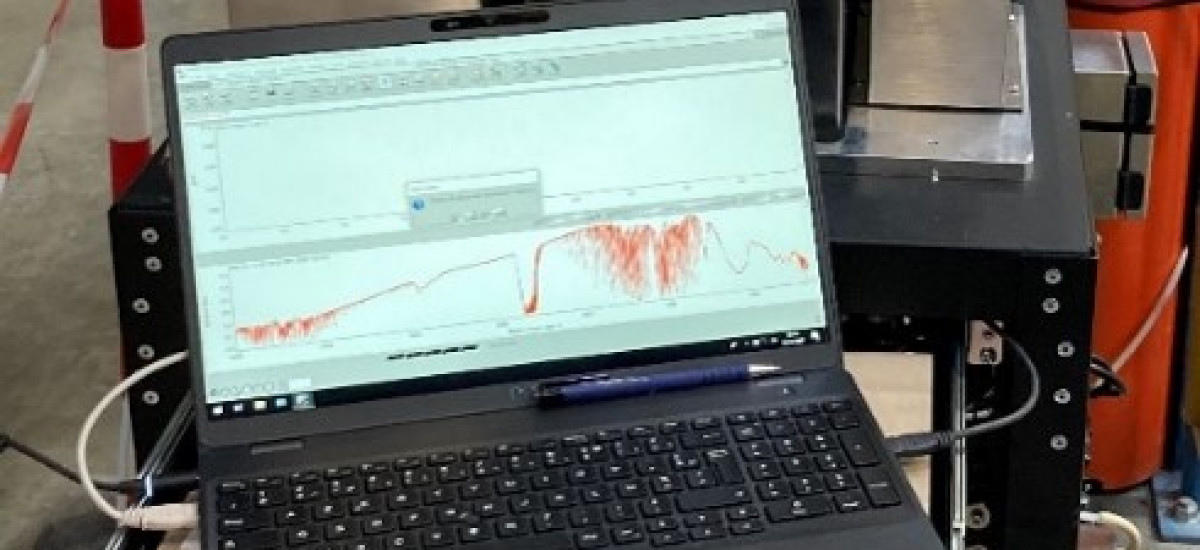20/7/2022
Efectis has developed expertise in smoke gas analysis using FTIR in accordance with ISO 19702. This equipment and associated method allows us to analyse, based on a few parts per million, combustion gases, including CO, CO2, NO, NO2, N2O, H2S, COS, SO2, HCl, HBr, HF, HCN, formaldehyde, acrolein, acetaldehyde, and light pyrolysis gases such as methane, ethane and ethylene.
We defined the equipment with the supplier to be robust and transportable so that it can easily be used in our various test laboratories. Such a device is available in France and UK but can be used anywhere on request. The principle is to extract gas from the fire effluents, passing it through a polychromatic infrared beam and analysing the resulting absorption spectra mathematically.
Examples of recent applications in fire tests are:
- Tests for regulation compliance according to marine or railway sector requirements, following ISO/TS 19021, EN 17084 or FTP code part 2. In all these tests, FTIR is coupled to ISO 5659-2 smoke chamber
- Tests to study emission factors in the chemical industry, in complement to energy-related parameters, coupling FTIR to ISO 5660-1 cone calorimeters
- Tests to quantify gases released to the unexposed face of penetrations or doors during fire resistance tests; we equipped the hoods of several fire resistance furnaces of adequate sampling ports
- Large-scale and full-scale tests in our various calorimeters, in accordance with ISO 16405 and for fires up to 20 MW
- Real-scale and in-situ tests. As an example, we recently analysed the effect of a water mist system on fire gas concentration decay, for specific applications.
Moreover, we recently completed the gas analysis portfolio in partnership with partners, in order to provide a complete solution for industry. In the near future, it will be mandatory for certain industries to determine emission factors of many environmentally impacting fire effluents. This is mainly because of a change in French regulation and the future evolution of European IED installation rules in accordance with EU directive 2010/75/EU. This new offer includes:
- CO, CO2 using NDIR technique
- “Acute” toxicants HCl, HBr, HF, SO2, NOx in accordance with ISO 19702 using the FTIR technique
- Volatile organic compounds (VOCs), (time-resolved) in accordance with EN 12619, and total yields for 35 VOCs including BTEX (benzene toluene styrene and xylenes) in accordance with NF X 43-267
- Total yields of aldehydes and ketones in accordance with NF X 43-264
- Total yields of heavy metals, including As, Cd, Cr, Co, Cu, Mn, Ni, Pb, Sb, Tl and V in accordance with EN 14385, mercury in accordance with EN 13211 and chromium speciation in accordance with XP X 43-136
- Total yields of polycyclic aromatic hydrocarbons (PAHs) in accordance with NF X 43-329
- Total yields of dioxins, furans and PCBs in accordance with EN 1948-1 to -3
- Soot in accordance with EN 13284-1
Many other substances such as flame retardants, isocyanates, nitriles and fire-fighting foam residues may be included on request.
Contact: Eric Guillaume

